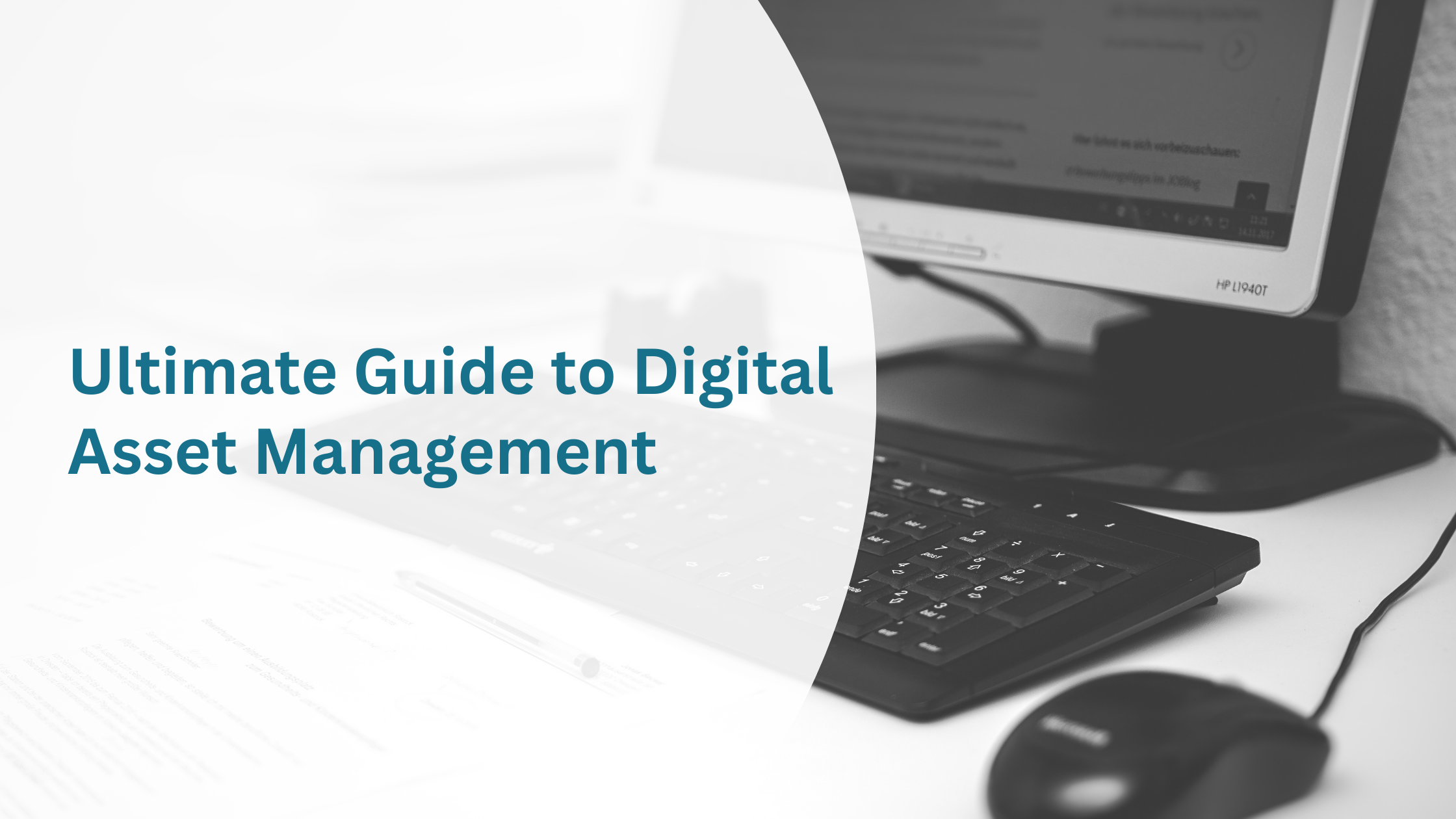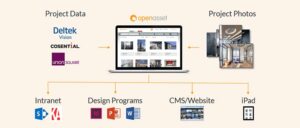How Digital Asset Management Systems Create Efficiencies for Your Firm
Aug 17, 2021

You’ve probably heard of a Digital Asset Management system, but how does it work, and how does it make your workday easier and how does it benefit your business? In this guide we answer those questions and provide everything you need to find the right DAM software for your company.
What is a Digital Asset Management (DAM) System
A Digital Asset Management system is a tool that enables you to manage all of your organization’s digital assets in a centralized, secure location, but it’s much more than a simple storage solution. DAM software enables your team with the features they need to readily find, use and share digital assets with ease and efficiency – saving you time, money and resources.

What’s more, most digital asset management systems are cloud-based, which means you can access your digital assets from anywhere, any time.
What Problems Does Digital Asset Management Solve
Digital asset management (DAM) systems solve a range of common issues related to the storage, retrieval and dissemination of digital assets, like:
- Images
- Videos
- Graphics
- Logos
- Branded Material, and
- much, much more.
Here we delve into the most common issues related to digital asset management and how a DAM system solves them
1. Your Team Spends Hours Searching For Digital Assets
If you’ve lost digital assets lately or spend hours searching for the right file, a digital asset management system can cure your headache by providing a centralized repository for all your assets. That means you will no longer have to search multiple locations across multiple platforms to find the files you need, since the files are stored in one place, and available when you need them.
2. Your Digital Assets are Disorganized
With no common terminology to refer to certain files, it can make it difficult to find and use the digital assets you need. A digital asset management system eliminates this issue by enabling your team to tag digital assets with common keywords, making it possible for your team to retrieve assets by simply searching by keywords. A DAM system also makes it impossible to lose content, which means you don’t have to spend the time and resources to recreate lost assets.
3.Your Workflows are Slow and Inefficient
A DAM system enables your team to automate workflows to keep projects on track. Users are alerted when new assets are uploaded, so they can stay on target and meet their deadlines. This makes collaborating with team members on projects much more efficient.
4. Your Brand is Inconsistent
A DAM systems enables your marketing team with the tools they need to ensure that everyone has the most up-to-date, approved versions of logos and branded content, thus ensure your brand remains consistent, and free of risk or liability. For more on this topic, we suggest this guide on how DAM improves brand consistency.
What Types of Digital Asset Management Systems Are on The Market in 2023
Digital asset management systems come in two forms: project-based, or product-based. A project-based DAM, like OpenAsset, connects your digital assets to specific projects.

This feature is especially useful to AEC firms, who regularly search for assets by location, project lead or project number. In contrast, a product or brand-based system centralizes assets around brands or products.
What Types of Files Can You Store on a Digital Asset Management System
A DAM system makes it possible to store any file your team needs to do their jobs and grow your business, like:
- Photos
- Videos
- Design files
- Word documents
- PDFs
- Company brand items
- Presentations
- Marketing content and collateral
How to Get The Most Out of Your DAM Software

Digital asset management makes life easier for your team, but only if they use it correctly. Below we delve into the ways you can get the most out of your DAM software.
Ownership and adoption
To maximize the ROI of a new system, the whole organization needs to embrace it. Before you purchase, ask stakeholders if it fits their needs. Once the system is in place, all users need to be trained. There will also need to be a DAM ‘owner’ within the business, i.e., someone responsible for managing the DAM an a daily basis. Without ownership, user buy-in, and a proper roll out to the business, you risk implementing a system that won’t be used to its full potential.
Platform Integration
The next step is to ensure your DAM system integrates with your other systems and applications. A DAM system also needs an API, enabling it ‘talk’ to, and transfer data between systems. Without an API, you will need to transfer data manually, which costs time and money, particularly as your digital asset library grows.
Metadata
Tagging your files with metadata in a Digital Asset Management system enables you to quickly and easily search through thousands of files, but if you don’t invest the time planning your keywords, this will only become more difficult.
Next steps: How to Get Started With DAM
Unlike traditional DAM systems, OpenAsset is a project-based digital asset management solution specifically designed for AEC marketers. With dozens of integrations and useful features, OpenAsset is the martech you need to create high-converting content, proposals, presentations and much, much more. Contact OpenAsset today to get started.





